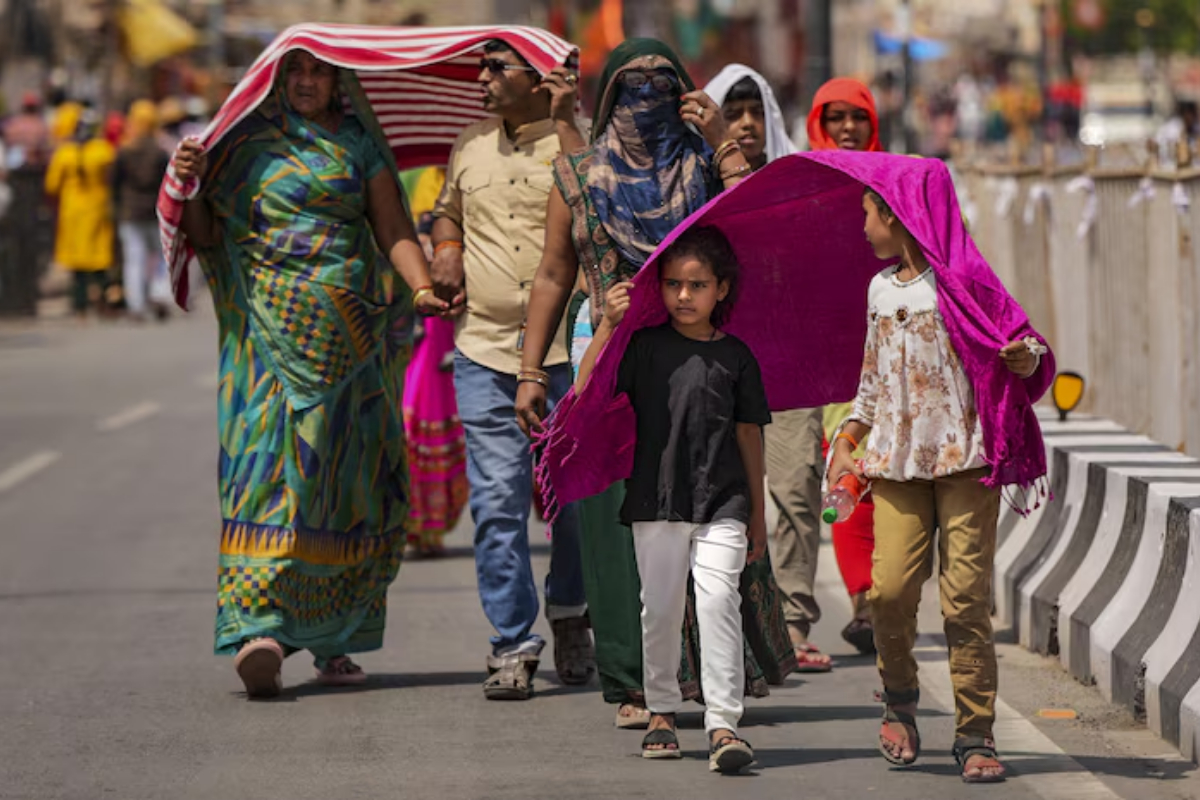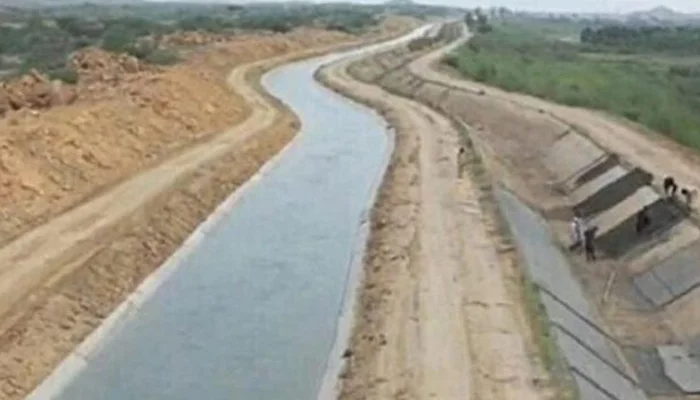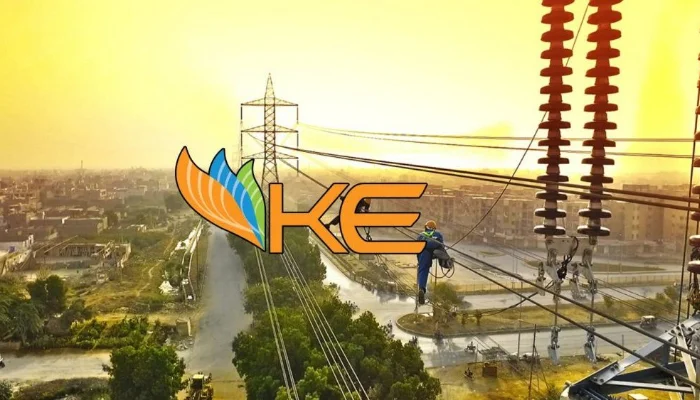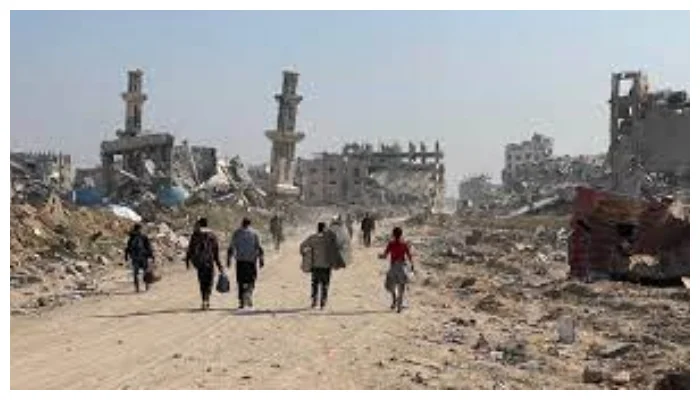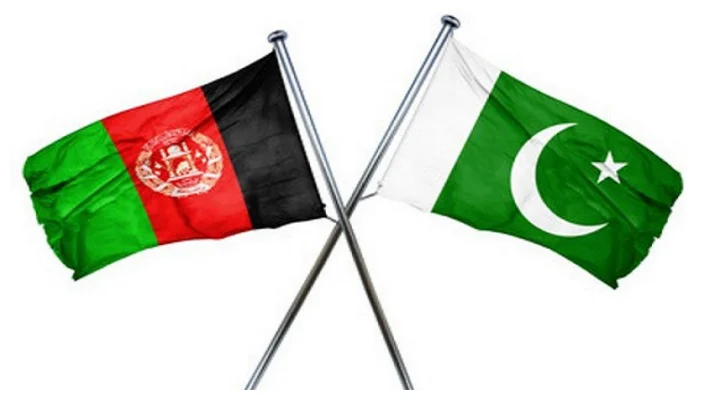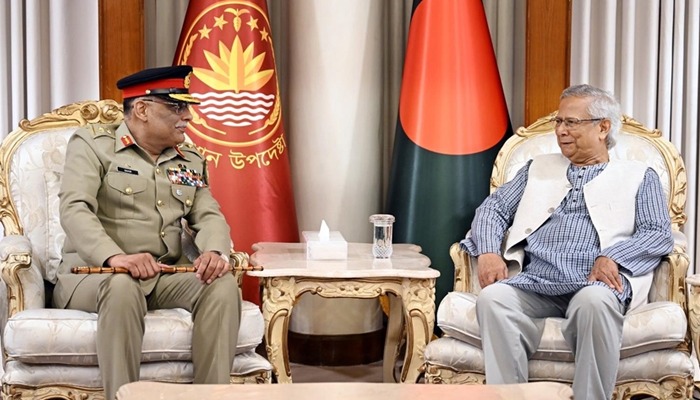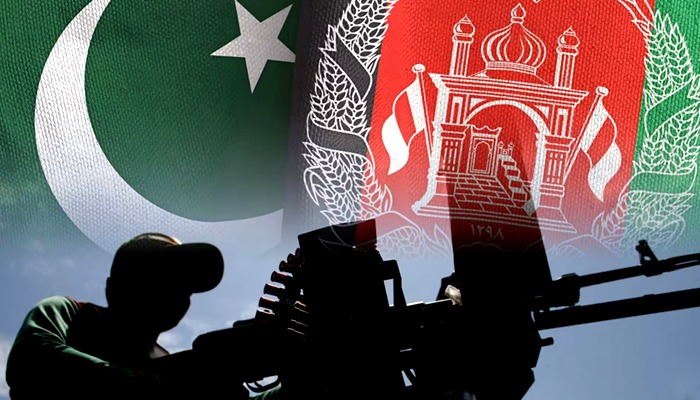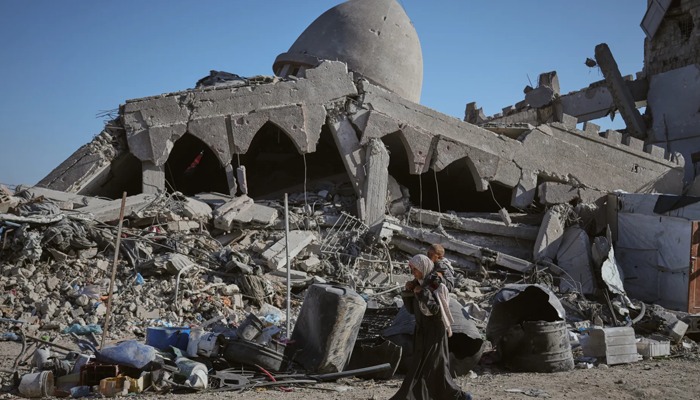- India is experiencing the longest heatwave since records began, with temperatures exceeding 50°C in some areas.
- At least 18 polling officials died of heat-related illnesses in Uttar Pradesh and Bihar states.
- The weather forecast predicts heatwave conditions in northwest and eastern India for the next five days.
A severe heatwave continues to wreak havoc in India, with the eastern state of Odisha reporting eight deaths within 72 hours on Monday. Official figures released in May indicate that heat-related illnesses claimed the lives of 60 people across India between March and May.
However, the actual number is likely much higher, as heat-related deaths often go under-reported in rural areas. Officials report that India is currently experiencing the longest heatwave since records began, with temperatures recently exceeding 50°C in some areas.
“This has been the longest spell because it has been experienced for about 24 days in different parts of the country,” Mrutyunjay Mohapatra of the India Meteorological Department (IMD) told the private news channel.
Extreme heat has gripped parts of northern India since mid-May, with temperatures in several cities hovering between 45-50°C. The intense heat has also led to water shortages in some areas, placing huge demands on supplies.
Authorities reported that earlier this month, at least 18 polling officials deployed for the final phase of the general elections died of heat-related illnesses in Uttar Pradesh and Bihar states. On May 31, at least 33 people, including election officials, died of suspected heatstroke in Bihar, Uttar Pradesh, and Odisha.
The monsoon, which reached India’s southern coast in Kerala state on May 30, is expected to bring some relief as it spreads to northern parts of the country in the coming days. The IMD predicts an above-average monsoon season for the country this year.
But Mr. Mohapatra warned that if precautionary or preventive measures are not taken, heatwaves will become more frequent, durable, and intense.
The weather office predicts heatwave conditions in northwest and eastern India for five days.
India, the world’s third-largest emitter of greenhouse gases, relies heavily on coal to generate power for its needs.
“Human activities, increasing population, industrialization and transport mechanisms are leading to increased concentration of carbon monoxide, methane and chlorocarbons,” Mr Mohapatra said.
“We are endangering not only ourselves but also our future generations.”
[embedpost slug=”india-nine-hindu-pilgrims-killed-in-violent-bus-attack-in-jammu/”]

